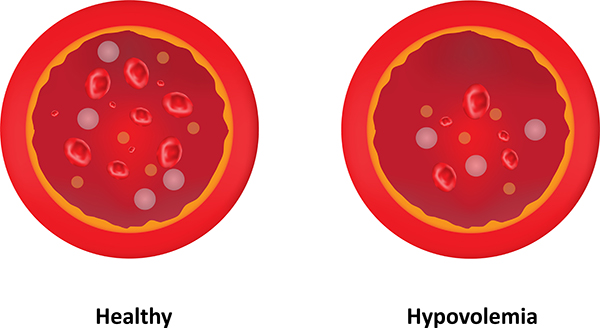Bleeding: Definition, Causes, Diagnostic Procedures, and Treatment
Bleeding: Definition, Causes, Diagnostic Procedures, and Treatment
What is bleeding?
Bleeding, also known as hemorrhaging or hemorrhaging, is blood dissemination from the circulatory system. The process can include internal or external bleeding or worse Hypovolemia which will be discussed in detail in this article.
When it comes to bleeding, it can occur in the following ways:
-
- Internal: blood leaks from blood vessels inside the body adults on bouncy castle.
-
- External: blood expanses either through a natural opening such as the mouth, nose, ear, urethra, vagina or anus or through a traumatic break in the skin or mucosa.
A massive decrease in blood volume is called Hypovolemia, and if it is not stopped may lead to the death due to exsanguination.
First aid and surgical procedures aimed at stopping or controlling of bleeding are called hemostasis.
What is Hypovolemia (bleeding)?
This condition is when the body is in the process of losing too much blood even more than a fifth of the total amount of blood supply.
People most at risk of hypovolemia are:
- Young children
- Elderly
Causes of Hypovolemia
- - Serious wounds
- - Blunt traumatic injury
- - Organ rupture and internal bleeding
- - Ruptured ectopic pregnancy
- - Digestive tract bleeding
- - Severe burns
- - Excessive diarrhea
- - Excessive and protracted vomiting
- - Fatigue
- - Nausea
- - Profuse sweating
- - Headache
- - Dizziness
Diagnostic Procedures
- - CT scans and ultrasounds as these machines are able to look inside the body
- - An echo-cardiogram works similar to an ultrasound but made for the heart
- - Electrocardiogram tests to check the heart rhythm
- - Endoscopy to examine the esophagus, stomach, and intestines
- - Right heart catheterization to examine how the heart is pumping
- - Urinary catheter used to measure the amount of urine in the bladder
Treatment for Hypovolemia
- a) Blood platelet transfusion
- b) Blood plasma transfusion
- c) Red blood cell transfusion
- d) IV crystalloids
Hypovolemia First Aid Measures and Tips
- - Call for medical assistance at once.
- - If there is visible profuse bleeding, try to control the bleeding by applying pressure to the wound.
- - If the casualty has not suffered injuries to the head, neck or spine then you can help the conscious casualty to shock position which is on the back with the legs slightly elevated to regulate blood circulation.
- - Avoid moving the casualty if there are any injuries to the head, neck, and spine as this could cause other injuries and complications.
- - If there is no injury to the neck, spine, and head, you can turn the casualty's head to one side and keep the airways open. Do not administer anything orally because this may cause choking.
- - Severe loss of blood can impair the patient's body from being able to keep warm and thus could result in hypothermia. Try and keep the patient warm by covering them with a blanket.
- - Ensure that there are no constrictive clothing on the casualty, loosen tight clothing.
- - Having suffered hypovolemia could lead to heart attack, gangrene and permanent organ damage.
Related article Bowel and Bladder Incontinence







